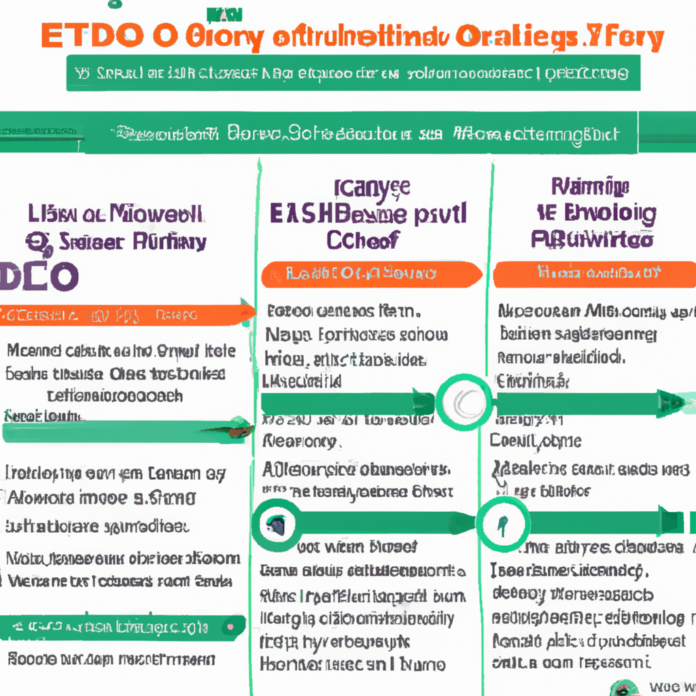
Engaging Students with an Interactive Biology Lesson Plan
In recent years, there has been a growing recognition of the importance of hands-on and interactive learning experiences in education. This trend is particularly crucial in the field of biology, where students need to understand complex concepts and processes through practical engagement. An interactive biology lesson plan can effectively captivate students’ attention, enhance their understanding, and foster a deeper appreciation for the subject. In this article, we will explore various strategies and activities that can be included in an interactive biology lesson plan and discuss the benefits of incorporating such approaches in the classroom.
1. Incorporate Hands-On Activities
Hands-on activities are essential for engaging students in a biology lesson. These activities can range from conducting experiments to dissecting specimens or using microscopes to observe microscopic organisms. By involving students in practical tasks, they develop a deeper understanding of concepts and learn to apply scientific methodology. For example, instead of simply explaining the process of mitosis, students can collect onion root tips and observe the different stages of cell division under a microscope. This hands-on experience allows them to see the actual cell structures and gain a better understanding of the topic.
2. Use Technology to Enhance Learning
Technology plays a significant role in education today. Interactive software, virtual labs, and educational websites offer a wealth of resources that can engage students in biology lessons. For instance, students can use virtual dissection tools to explore the anatomy of a frog or access interactive quizzes and games that reinforce their understanding of biological concepts. By integrating technology into the biology lesson plan, teachers can create an interactive and dynamic learning environment that appeals to students’ digital native mindset.
3. Foster Collaboration and Group Work
Collaborative and group work activities encourage students to actively participate in the learning process. Biology often involves intricate concepts that can be better understood through peer discussion and teamwork. Teachers can assign group projects such as building a model of a cell or conducting research on a specific biological process. Through group work, students learn to communicate effectively, exchange ideas, and collectively reach a consensus. This fosters a sense of teamwork and collaboration, which are crucial skills for future scientific endeavors.
4. Connect Biology to Real-Life Applications
One effective way to engage students with biology is to highlight its relevance to real-life applications. Relating biology to everyday experiences helps students understand its significance and sparks their curiosity. For example, when teaching about photosynthesis, teachers can discuss the role of plants in maintaining oxygen levels in the environment and the impact of deforestation. By connecting biology to real-world phenomena, students gain a deeper appreciation for the subject and can envision its practical applications in their lives.
5. Field Trips and Outdoor Activities
Taking students outside the classroom can invigorate their learning experience and provide a tangible connection to the natural world. Organizing field trips or outdoor activities related to biology can be a rewarding way to engage students. Visiting a local nature preserve, observing wildlife, or examining plant life can bring life to textbook knowledge. These practical encounters with nature enable students to apply their learning in a real-world context, fostering a greater understanding of biology and the importance of preserving the environment.
6. Use Multimedia Resources
Incorporating multimedia resources such as videos, animations, and infographics can be an effective way to engage students in a biology lesson. These visual aids can simplify complex concepts, grab students’ attention, and provide a more comprehensive understanding of biological processes. However, it’s important to ensure that the resources selected are accurate and of high quality. Websites like Khan Academy, TED-Ed, and National Geographic provide reliable and engaging biology-related multimedia content suitable for educational purposes.
In conclusion, an interactive biology lesson plan can transform a traditional classroom into an engaging and immersive learning environment. By incorporating hands-on activities, technology, collaborative work, real-life applications, field trips, and multimedia resources, teachers can captivate students’ interest, enhance their understanding, and instill a lifelong passion for biology. The benefits of interactive learning in biology are far-reaching, empowering students with the knowledge, skills, and curiosity needed to become successful scientists and active contributors to society.


















